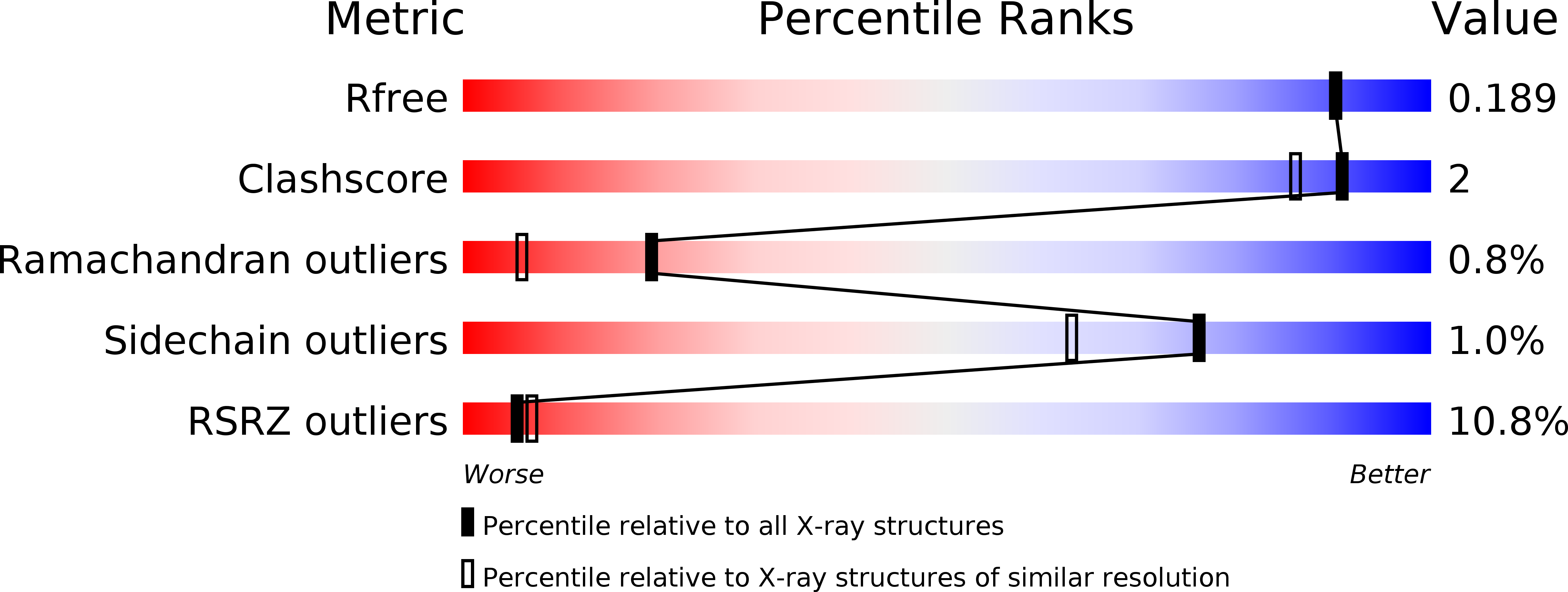
Deposition Date
2016-04-22
Release Date
2017-01-25
Last Version Date
2024-10-16
Entry Detail
PDB ID:
5JIW
Keywords:
Title:
Crystal structure of Thermus aquaticus amylomaltase (GH77) in complex with a 34-meric cycloamylose
Biological Source:
Source Organism:
Thermus aquaticus (Taxon ID: 271)
Host Organism:
Method Details:
Experimental Method:
Resolution:
1.73 Å
R-Value Free:
0.18
R-Value Work:
0.16
R-Value Observed:
0.16
Space Group:
I 4 2 2


